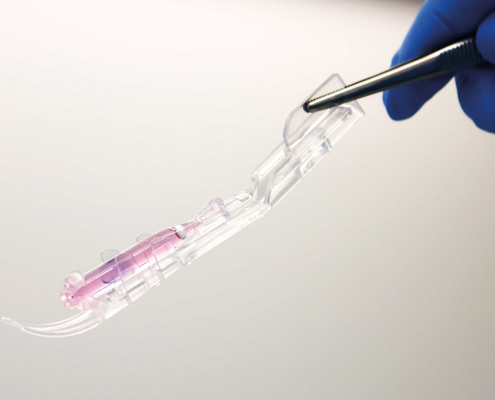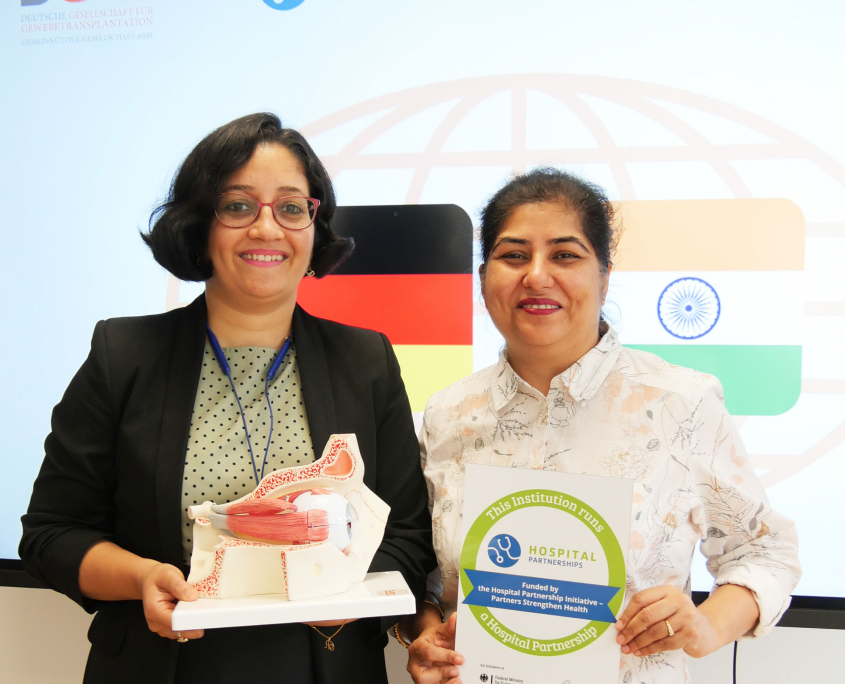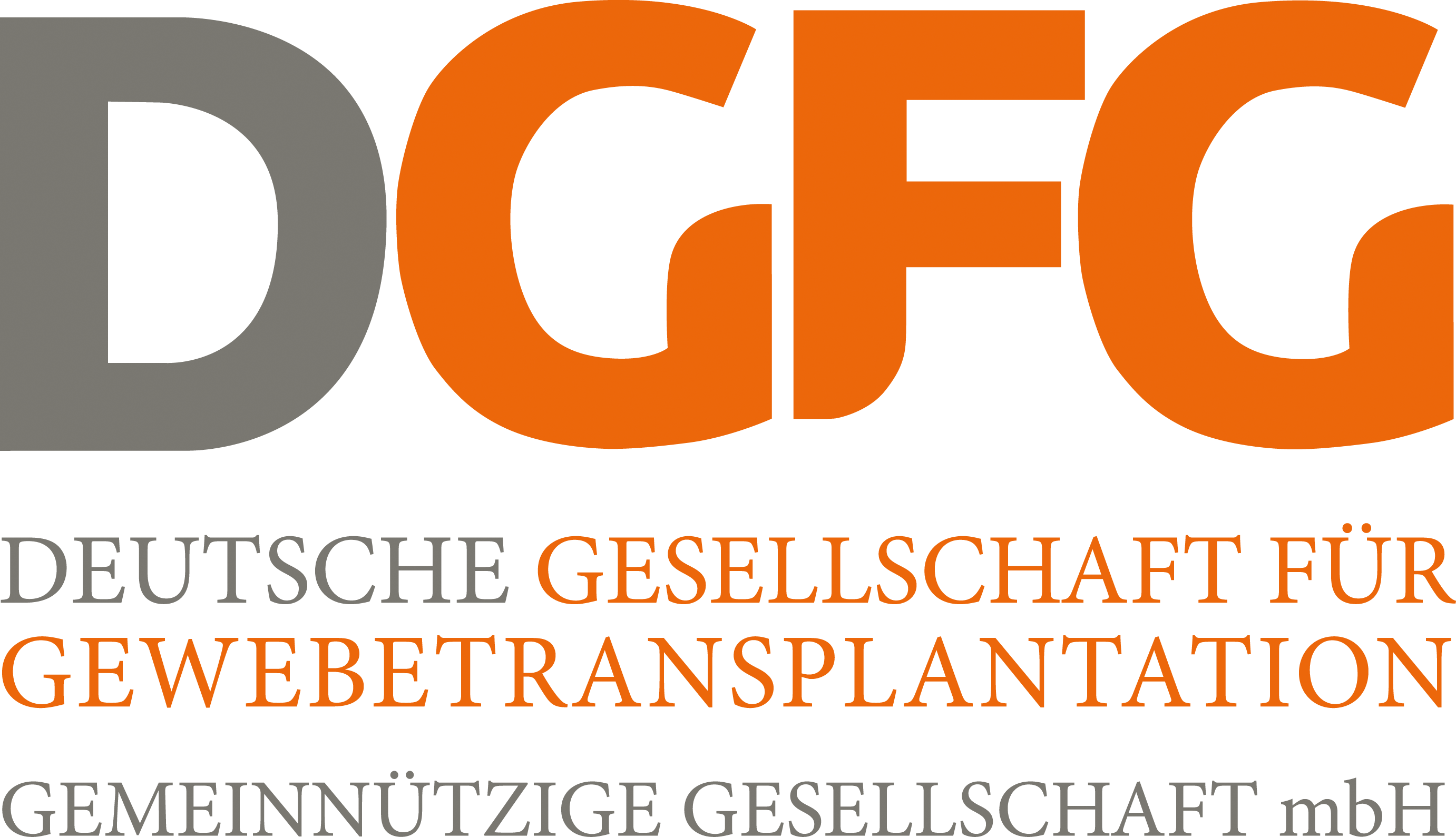Research and Development
Providing tissue transplants to the population is one of the DGFG’s core tasks. It is necessary to develop these transplants further or introduce novel tissue preparations in order to further adapt them to new transplantation procedures. The DGFG works with various partners in the network in the areas of research, development, and practical implementation. The integration of different disciplines opens up opportunities for all those involved to advance the development of novel tissue transplants and the implementation of innovative approaches in practice. There is still a long way to go before tissues grown in the laboratory can be transplanted. Therefore, conventional tissue transplants will continue to be of great importance in the care of patients. Simultaneously, developing new processing and surgical methods continues to provide patients with the best possible care.









